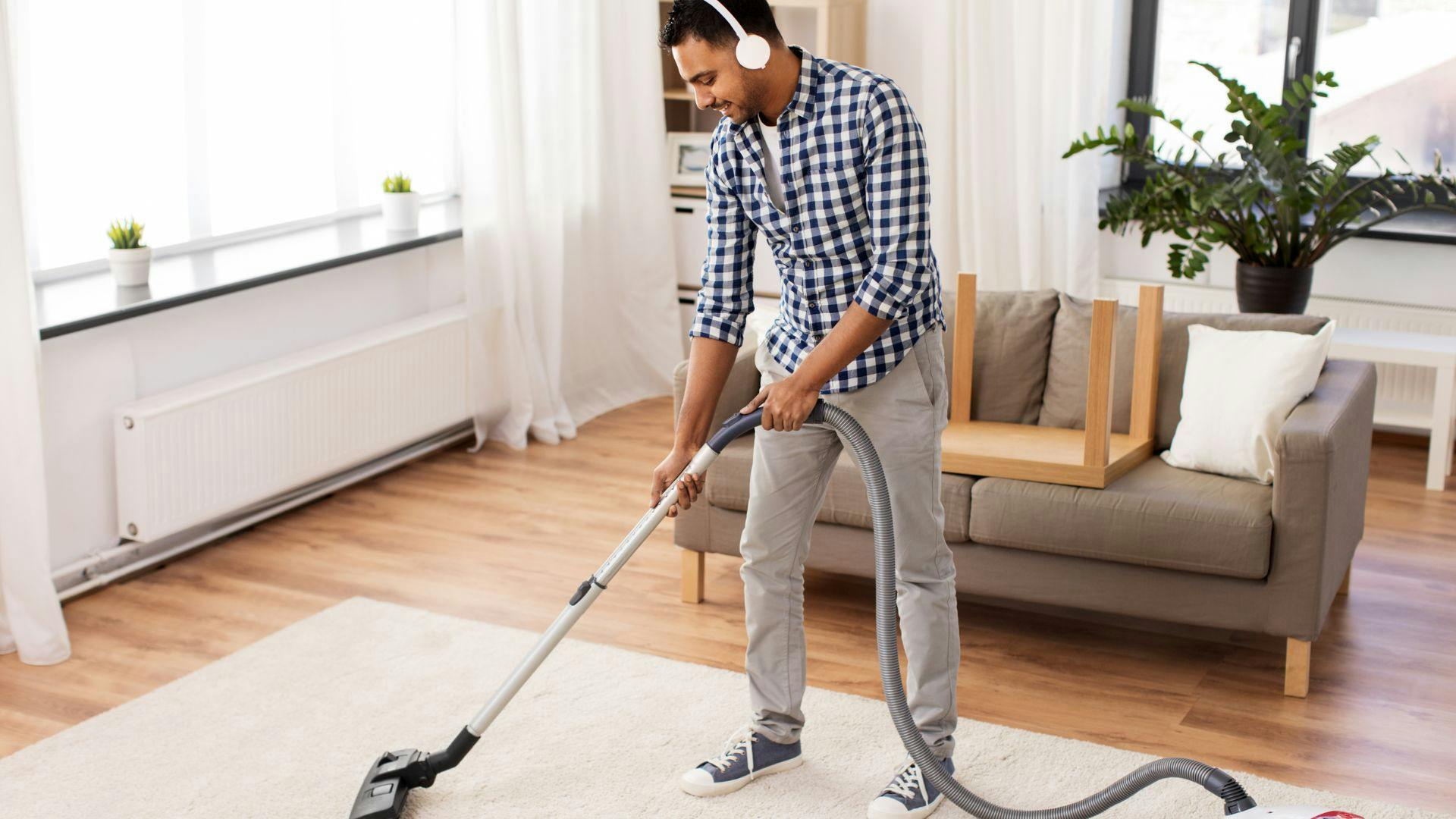Reliable Everyday Cleaning Strategies: Best Practices for Defrosted and Cleaned Every Few Months
Wiki Article
Understanding the Need for Thoroughly Disinfecting and Sanitizing Frequently Touched Surface Areas in High-Traffic Locations
In the realm of public wellness and safety, the careful disinfection and sanitization of often touched surface areas in high-traffic areas stand as vital measures in stopping the spread of harmful microorganisms. By discovering the various aspects of surface area sanitation, from the risks connected with disregarding cleaning procedures to the efficient approaches that can be employed, a clearer understanding emerges of the crucial role these methods play in securing public wellness.Significance of Surface Disinfection
Stressing the complete sanitation of high-traffic surfaces is crucial in keeping a sanitary setting and preventing the spread of dangerous virus. High-touch surfaces such as door handles, light switches, elevator switches, and kitchen counters function as reproducing premises for microorganisms and viruses. Regular sanitation of these surface areas is important to decrease the danger of contamination and transmission of ailments.By implementing a robust disinfection procedure, companies and organizations can produce a more secure setting for customers, site visitors, and employees. Correct surface sanitation not just alleviates the spread of transmittable illness yet likewise instills self-confidence in the tidiness and safety of the premises. This positive technique demonstrates a commitment to wellness and health, which is specifically important in high-traffic areas where the chance of direct exposure to virus is heightened.
Moreover, surface area sanitation plays a crucial role in total infection control methods. Integrated with hand hygiene practices, wearing masks, and keeping physical distancing, complete sanitation of high-touch surface areas forms a thorough protection against the transmission of damaging microorganisms. Focusing on surface sanitation is a vital component of a holistic strategy to wellness and safety in common spaces.
Risks of Overlooking Cleansing Practices
Ignoring extensive disinfection of high-traffic surface areas considerably enhances the threat of bacterial and viral contamination, posing a severe hazard to the health and wellness of individuals frequenting these rooms. Failing to carry out appropriate cleaning techniques can lead to the buildup and spread of unsafe microorganisms, including germs and infections, on often touched surfaces such as doorknobs, handrails, elevator buttons, and counter tops.
Additionally, ignoring the value of complete cleansing not only compromises the health of people but also weakens initiatives to preserve a sanitary and tidy atmosphere. It is crucial to recognize the importance of correct sanitation procedures in avoiding the spread of infections and protecting public health.
Reliable Disinfection Techniques
To maintain ideal cleanliness and reduce the threat of contamination on high-traffic surfaces, utilizing effective sanitation methods is essential. Among one of the most common and reliable disinfection techniques is using chemical disinfectants. These products can differ in stamina and composition, with some targeting certain pathogens like viruses or bacteria. It is important to follow the producer's guidelines for correct dilution, call time, and air flow when making use of chemical anti-bacterials to guarantee their effectiveness - Clear Out Any Clutter.Another efficient technique is making use of UV-C light. UV-C light has actually been shown to be efficient in eliminating a large variety of microbes by interrupting their DNA structure, therefore avoiding them from replicating. Nevertheless, it is necessary to utilize UV-C light properly, making sure that the appropriate strength and exposure time are related to accomplish the preferred sanitation results.
Additionally, using heavy steam cleaning as a sanitation method can be very effective, specifically on surfaces that are heat-resistant. Vapor can penetrate permeable surfaces and eliminate microorganisms, infections, and other microorganisms effectively. When making use of heavy steam cleansing, it is essential to ensure that the surface gets to the required temperature level for a sufficient amount of time to assure appropriate sanitation.
Influence On Public Wellness
The maintenance of high requirements of sanitation and disinfection on high-traffic surfaces plays a critical function in securing public health. Often touched surface areas in locations with high footfall, such as doorknobs, handrails, lift switches, and restroom facilities, function as reproducing premises for hazardous microorganisms. Falling short to properly sanitize these surface areas can bring about the rapid spread of infectious illness within neighborhoods. By applying extensive sanitation methods, the threat of transmission of viruses, microorganisms, and various other germs can this be substantially lowered.In high-traffic areas like airport terminals, institutions, medical facilities, and public transportation systems, the influence of extensive sanitation procedures can not be downplayed. Focusing on the sanitization of often touched surfaces is an aggressive method to advertising public health and wellness and improving the safety of people in shared rooms.
Executing Normal Cleaning Up Methods
Quickly setting up and adhering to a regular routine of cleansing procedures is vital for preserving the cleanliness and safety of high-traffic surface areas. Routine cleaning protocols are crucial in stopping the build-up of germs and microorganisms you can look here on frequently touched surfaces, particularly in locations with high foot traffic. By carrying out a systematic technique to cleansing, organizations can successfully lower the risk of illness transmission and develop a much healthier environment for workers, consumers, and the general public.To establish an effective cleansing timetable, it is crucial to determine high-traffic locations that call for constant attention. These areas may consist of doorknobs, hand rails, lift buttons, washroom facilities, and common tools. Applying a routine cleaning regimen that targets these surfaces multiple times a day can considerably minimize the spread of unsafe microorganisms and infections.
Moreover, utilizing suitable cleaning agents and disinfectants is essential to guaranteeing that surfaces are completely sterilized. Routine training of cleaning staff on proper cleaning techniques and the significance of adherence to the cleaning schedule is also vital in maintaining read this a sanitary setting. By focusing on constant cleaning protocols, organizations can advertise the wellness and wellness of individuals who interact with these high-traffic surface areas.

Conclusion
To conclude, it is essential to focus on thorough sanitation and sanitization of regularly touched surfaces in high-traffic areas to avoid the spread of dangerous virus and keep public wellness. Disregarding correct cleansing techniques can raise the threat of contamination and transmission of conditions. By applying normal cleansing procedures and utilizing efficient disinfection methods, we can create a more secure setting for every person (Everyday cleaning). It is important to recognize the significance of keeping tidy surfaces in high-traffic areas to ensure the health of the neighborhood.In the world of public health and wellness and security, the meticulous sanitation and sanitization of frequently touched surface areas in high-traffic areas stand as extremely important procedures in preventing the spread of unsafe microorganisms. By exploring the numerous aspects of surface area disinfection, from the threats associated with disregarding cleaning methods to the effective approaches that can be employed, a more clear understanding arises of the important duty these practices play in securing public health.In addition, employing heavy steam cleansing as a disinfection technique can be highly efficient, specifically on surface areas that are heat-resistant. When using steam cleaning, it is important to make sure that the surface reaches the needed temperature level for an enough amount of time to assure appropriate sanitation.
In conclusion, it is critical to focus on thorough disinfection and sanitization of often touched surface areas in high-traffic locations to avoid the spread of unsafe virus and keep public health and wellness.
Report this wiki page